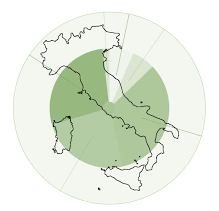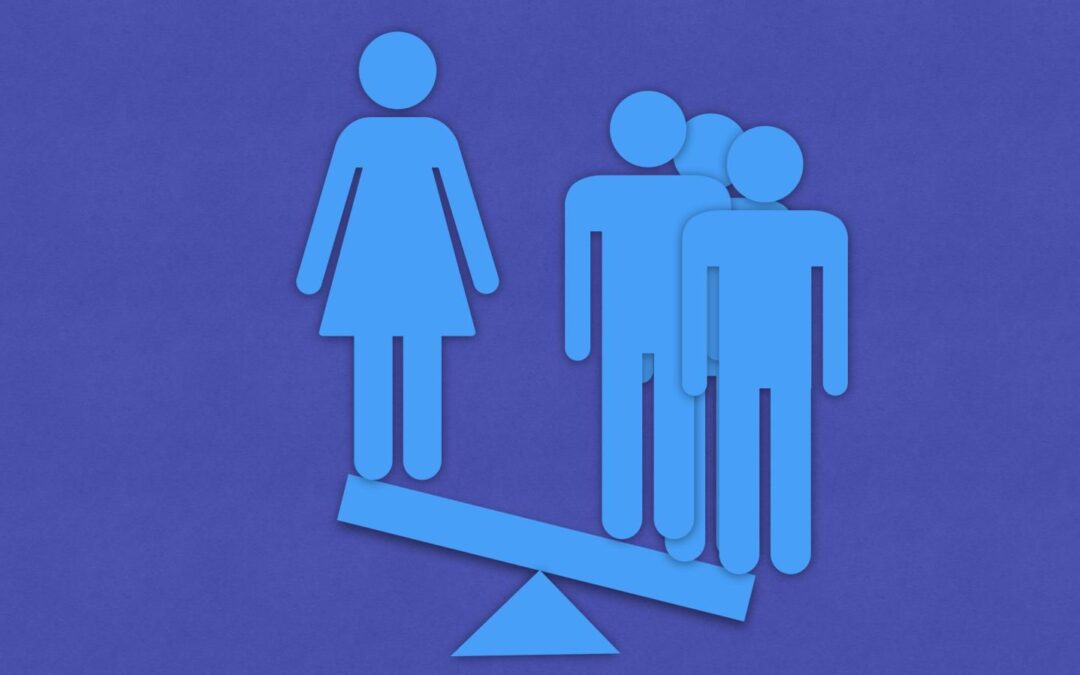Combating social and geographic inequalities is among the most urgent and complex challenges facing contemporary society. Inequalities in well-being affect not only the distribution of resources, but also access to opportunities that can ensure a long, healthy and fulfilling life. A recent study of the United States, conducted by the IHME as part of the GBD Project, highlighted deep disparities among racially, ethnically, and geographically distinct groups, raising important public policy questions.
The HDI analysis, which is based on indicators of health, education and income, has revealed that a significant portion of the U.S. population lives in significantly lower well-being than other groups. These disparities are particularly evident among racial and ethnic minorities, but they are not limited to these groups. Indeed, the analysis also revealed geographic differences, with some areas of the country experiencing lower rates of well-being, a lack of access to services, and limited opportunities. To effectively address these inequalities, targeted interventions are needed that can reduce the barriers that prevent many citizens from enjoying the benefits of long and healthy lives.
Geographic Disparities in Well-Being.
One finding that emerges strongly is, indeed, the disparity in the opportunities for well-being that depend on the area in which a person lives. Several regions of the United States, in fact, have significantly lower levels of HDI than others, indicating a markedly lower quality of life. These areas, which include rural and suburban areas, suffer from a lack of economic, educational and health resources.
Development policies should focus on mitigating these disparities. The challenge is to target resources and funding to the most disadvantaged areas so as to improve access to good education, health care and economic opportunities. At the local, state and federal levels, policies should take into account the specific needs of each community, adapting to the particular conditions of each area. One possible solution would be to allocate funds according to the need and economic condition of each area. The approach should be to create a support network that can ensure that those living in the most disadvantaged areas have a similar level of well-being as those living in more privileged areas.
In addition, analysis of money flows at the local, state, and federal levels could reveal the extent to which resources are distributed equitably. Although some areas receive large sums of money, there is a need to examine whether these resources are actually being used to reduce inequality or whether, on the contrary, they end up being used ineffectively. Targeted investments in the most disadvantaged areas would not only reduce the gap between different geographical areas, but also have a positive impact on the entire economic and social system.
A Call to Action
Research shows that inequalities in well-being are structural and entrenched. It is not just a matter of ethnic or racial groups, but also of people who, because of their economic status or where they live, are systematically excluded from opportunities for improvement. It is crucial to address these inequalities, and the proposed solutions must be urgent and direct. Indeed, the analysis highlighted how, for many people, prosperity has never been a reality, and how a huge proportion of the U.S. population lives far from opportunities to realize their potential.
Solving the problem of inequality requires a commitment by institutions to introduce policies that aim to improve the well-being of the most vulnerable, but not only that. Universal welfare policies, which promote access to high-quality education, accessible health services, and economic opportunity, are not only necessary to address the needs of the most disadvantaged populations, but also have a positive impact on those living in relatively privileged circumstances. Social justice is not only about the equitable distribution of resources, but also about the overall improvement of the quality of life for the entire population.
Limitations of the Approach
Despite its many strengths, the approach used to measure well-being through HDI has limitations. L’ Human Development Index, although very useful for an overall view, is a measure that simplifies reality and does not capture all the nuances of well-being. For example, it does not consider important aspects such as the quality of the environment, access to culture or social relationships, which are equally fundamental to a healthy and satisfying life. Furthermore, the HDI assumes that higher education or higher income are always positive indicators of well-being, but this is not always true, as education in itself does not guarantee a direct increase in quality of life, just as higher income can have negative side effects if it is not accompanied by well-being policies.
Another major limitation concerns the reliability of the data. The HDI relies on self-reported data, such as those from the census or the American Community Survey (ACS), which may be biased or distorted. The COVID-19 pandemic, for example, disproportionately impacted the most vulnerable populations, such as ethnic minorities, undocumented immigrants, and people with low levels of education. Thus, responses may not be representative of the entire population, and estimates may not adequately reflect the reality of some areas.
The Strengths of the Analysis
Despite its limitations, this analysis has many strengths. For the first time, individual data were considered, moving beyond the aggregate approach that looks only at household- or national-level data. This approach allows for a better capture of inequalities at the individual level, a perspective that can lead to more targeted and specific policies. Using individual-level education and a more detailed life expectancy gives a more realistic picture of the inequalities that exist in the country.
Moreover, the approach used could also be easily applied internationally, comparing inequalities between different countries. Adapting the HDI in a global context would allow for comparative analysis that could reveal differences and similarities between welfare inequalities in different geographic areas, with the goal of developing policies that could address the issues internationally.

